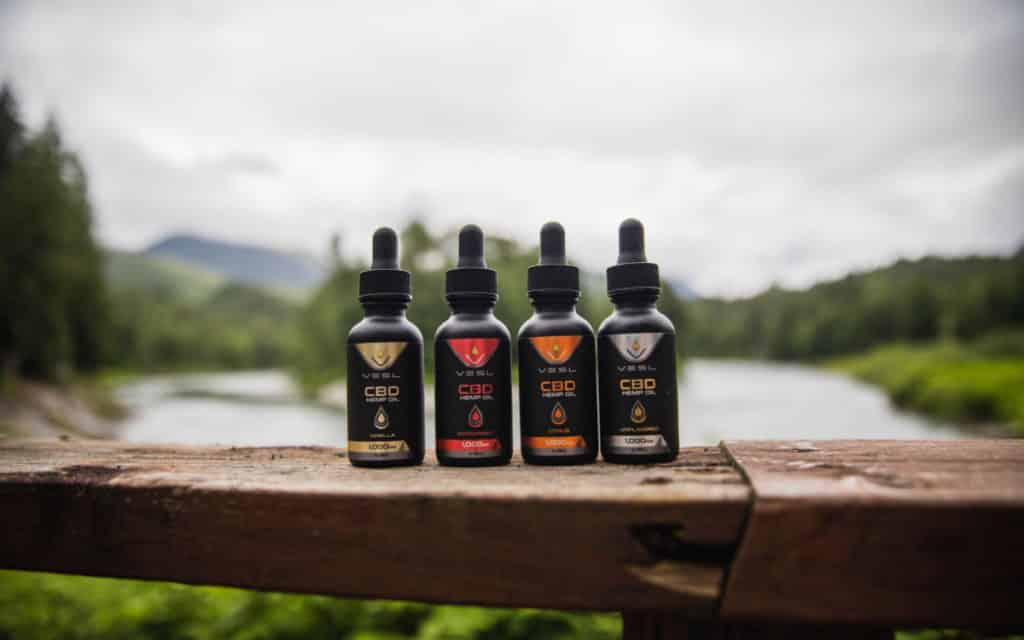Civilization has cultivated hemp for thousands of years, making it one of the earliest crops grown. Similarly, cannabis has been used for medicinal purposes for centuries, making it one of the oldest-known medicinal crops. However, modern science is beginning to unlock some of the higher-use benefits of these plants, including the elusive cannabinoid CBG.
Cannabis’ psychoactive compound, THC, and hemp’s CBD are two of the most well-known cannabinoids identified. However, CBG is one of the most interesting. Scientists first discovered CBG in the 1940s, and it’s considered the stem cell of all cannabinoids. CBG starts in an acidic state called Cannabigerol Acid (CBGA), which is prevalent in younger plants. However, it readily fragments into one of three other major cannabinoid groups.
Ultimately, these cannabinoid acids create more stable molecules, such as THC, CBD, and CBG. Hemp plants containing less than 0.3 percent THC, as mandated by U.S. law regulating hemp products, readily contain CBG and CBD.
Research and studies into CBG’s potential benefits
Scientists consider CBG a minor cannabinoid because it makes up less than 1% of mature hemp plants due to its transitive nature. However, don’t let its small quantity fool you! Its potential benefits may be vast because it readily interacts with the endocannabinoid system (ECS). The ECS is found in all mammal species, including humans.
According to Scientists, the endocannabinoid system helps mammals maintain a state of balance or homeostasis in their bodies. This means that CBG could potentially help regulate various bodily functions, such as mood, appetite, and sleep.
While CBG may be considered a minor cannabinoid, its potential benefits are worth delving into further! These are some of the clinical trials available for CBG from the ClinicalTrials.gov website:
Acute effects of Cannabigerol
Efficacy and safety of hemp-derived, full-spectrum Cannabigerol (CBG) in adults
Analgesic and appetite-stimulating effects of Cannabigerol and THC
Swallowable Cannabigerol tablets for sleep quality in veterans
Cannabidiol 133mg + Cannabigerol 66mg + Tetrahydrocannabinol 4mg vs placebo as adjuvant treatment in chronic migraine
Treatment with cannabis oil containing CBD, THC, CBDV, or CBG vs. placebo of persons with ADHD
Studies of CBG in combination with other specific cannabinoids, including THC and CBD, also show promising results. A study of cancerous rat tissues published in the British Journal of Pharmacology found it an effective inhibitor for some specific targets.
CBG and CBD flowers
The extraction of pure CBG oil is an expensive process compared to CBD. However, cross-breeding can increase the amount of Cannabigerol present in hemp. Herbal medicine practitioners found that CBG and CBD flowers are effective in various ways, as a food additive, and in vaping or smoking.
Selective breeding of hemp can yield much higher concentrations of CBG. For instance, VESL’s CBG hemp contains 15.5 percent CBG and only 0.17 THC.
CBD, as a smoking product, may reduce tobacco consumption, according to a 2013 clinical trial by the University of London.
According to the study, “In smokers who wished to stop smoking: 24 smokers were randomized to receive an inhaler of CBD (n=12) or placebo (n=12) for one week. They were instructed to use the inhaler when they felt the urge to smoke. Over the treatment week, placebo-treated smokers showed no differences in the number of cigarettes smoked. In contrast, those given CBD significantly reduced the number of cigarettes smoked by -40% during treatment.”
Final Note
Overall, while more research is needed to fully understand the potential benefits of the cannabinoid CBG, the early results of studies and research are promising and are worth exploring further.





